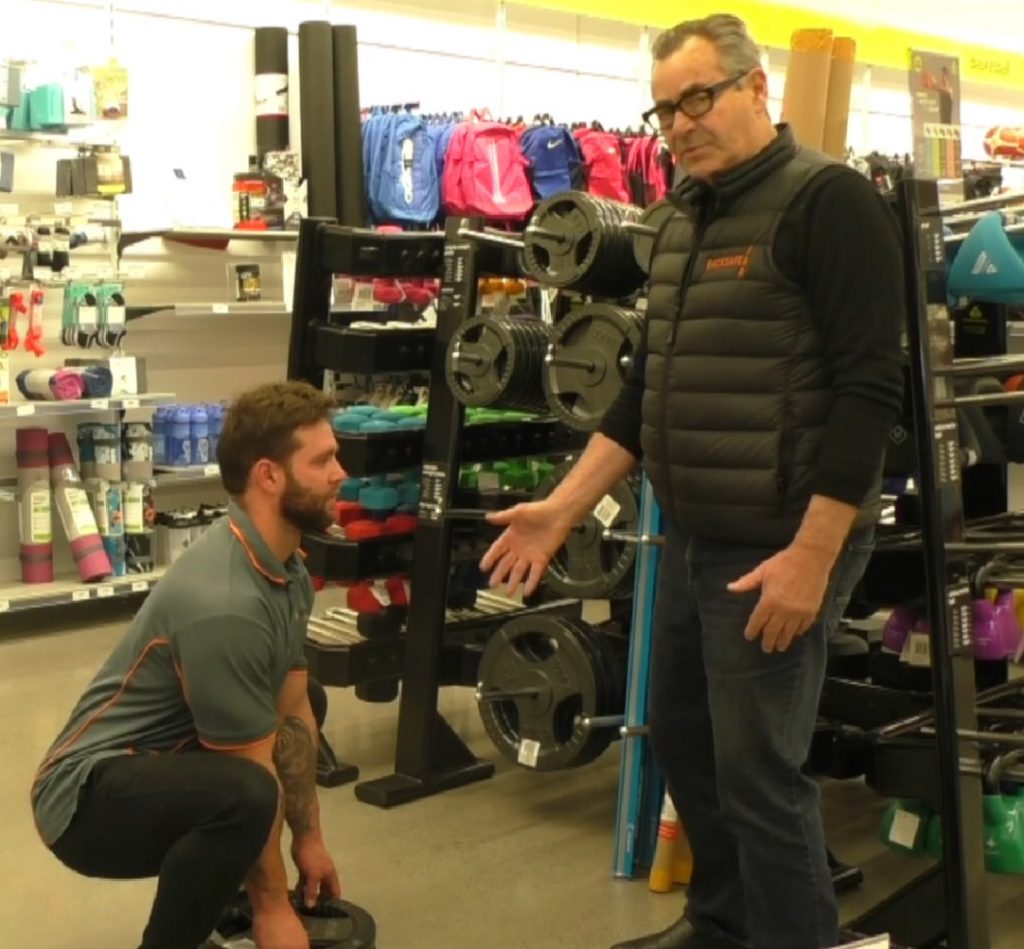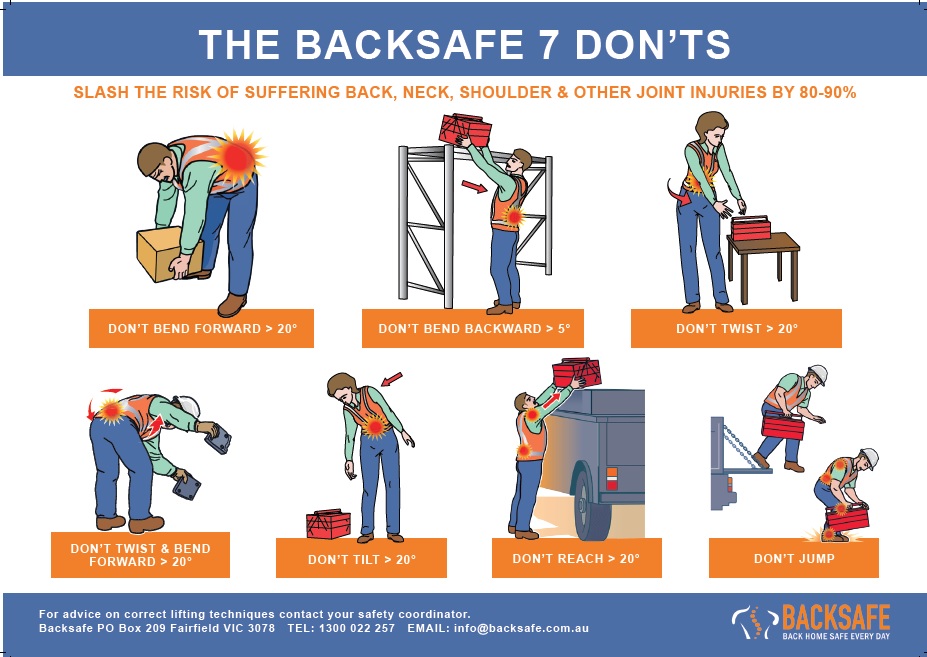A manual handling risk assessment is a detailed formal review process in workplace safety that focuses on evaluating and mitigating the risks associated with physical tasks that require manual handling.
This includes lifting, lowering, pushing, pulling, carrying, or moving items by hand.
Understanding the intricacies of manual handling and the associated risks can significantly reduce the likelihood of injury to employees and improve overall workplace efficiency.
The Necessity of Risk Assessment in Manual Handling
Identifying Potential Hazards
The first step in conducting a manual handling risk assessment is identifying potential hazards related to the tasks performed.
This may include assessing the load’s weight, size, and shape, along with considering environmental factors like uneven surfaces, poor lighting, or inadequate space for maneuvering.
By thoroughly evaluating these aspects, employers can pinpoint specific risks that may lead to injuries.
In addition, engaging employees in this process can provide insights into the challenges they face, making the assessment more comprehensive.
Evaluating the Level of Risk
Once potential hazards have been identified, the next step is to evaluate the level of risk.
This involves estimating the likelihood of an injury occurring and the potential consequences involved.
Risk assessments can be utilised to categorise risks into different levels, then prioritise the actions required to mitigate the risks.
Employers must consider factors such as frequency of handling, duration of exposure, and individual capabilities when evaluating risks.
Each lift or movement needs to be evaluated to ensure that the correct procedures are followed and employee safety is met.
This detailed analysis helps in formulating effective control measures to reduce the likelihood of injury.
Steps in Conducting Manual Handling Risk Assessment
Preparation for the Assessment
The purpose of this assessment process is to identify any physical or environmental hazards that may put workers at a risk of sustaining a musculoskeletal injury.
Preparation is key to a successful manual handling risk assessment.
It requires gathering relevant information, including company policies, current handling practices, and injury records.
Involving a diverse team that includes managers, health and safety representatives, and employees can provide a well-rounded perspective on manual handling tasks.
Additionally, reviewing the training provided to employees on manual handling techniques will help identify any gaps that need addressing before conducting a thorough assessment.
Performing the Assessment

Performing the risk assessment involves systematically observing work practices and assessing various manual handling activities. This can be done through direct observation, interviews with workers, and gathering feedback on existing practices.
Backsafe’s approach to manual handling risk assessments is geared towards identifying and recording violations of best practice moving habits, identifying improvement opportunities, and working with management and staff to pragmatically address specific workplace challenges.
During the assessment, it is crucial to document findings meticulously, providing clear evidence of identified risks and proposed control measures.
This documentation serves as a reference for future improvements and compliance audits.
Post-Assessment Procedures
After the assessment, it’s important to communicate the findings to all stakeholders and implement necessary control measures.
This may involve altering work processes, re-evaluating workloads, or investing in appropriate equipment such as lifting aids.
Furthermore, regular reviews of the risk assessment should be conducted to ensure that it remains relevant and effective in identifying new hazards as they arise.
Key Components of a Manual Handling Risk Assessment
People Involved
People are at the center of manual handling risk assessments. Each worker’s individual capabilities, limitations, and training levels should be taken into account during the assessment process.
This ensures that tasks are assigned appropriately, reducing the risk of injury.
Involving employees in the assessment process also fosters a culture of safety, encouraging them to take ownership of their health and well-being at work.
Equipment Used
The type of equipment used in manual handling tasks play a significant role in the assessment.
Identifying whether the right tools, such as trollies, hoists, or ergonomic lifting equipment, are available can greatly influence the safety of manual handling operations.
Using the appropriate equipment can minimise the physical strain on workers and enhance the efficiency of manual handling activities, thereby reducing the overall risk of injuries.
Work Environment Considerations
The work environment is another crucial aspect of manual handling risk assessments.
Factors such as layout, space utilisation, and environmental conditions must be evaluated comprehensively.
A cluttered or poorly designed workspace can significantly increase the risk of accidents during manual handling.
Ensuring a clean and organised work area, adequate lighting, and suitable walking surfaces forms the foundation for safe manual handling practices.
The Role of Training in Manual Handling Risk Assessment
Importance of Training
Manual handling training is an essential component of effective manual handling risk assessment.
Providing employees with proper training ensures they understand safe handling techniques and the importance of assessing risks associated with manual tasks.
Regular training sessions can help refresh employees’ knowledge, making them more adept at identifying hazards and complying with safety protocols.
Elements of Effective Training
Effective training programs should include practical demonstrations of safe manual handling techniques, risk assessment training, and information about the proper use of equipment.
Additionally, fostering an open dialogue about safety concerns can empower employees to engage proactively with the manual handling assessment process.
Manual handling risk assessments
By investing in comprehensive training, organisations can create a workforce that is not only skilled but also committed to maintaining a safe working environment.
Evaluating your manual handling efforts and conducting a risk assessment can yield huge savings in compensation costs as a result of workplace injuries.
If you’re looking for a manual handling training & risk assessment provider in Australia – contact Backsafe today. We offer onsite & online training.




